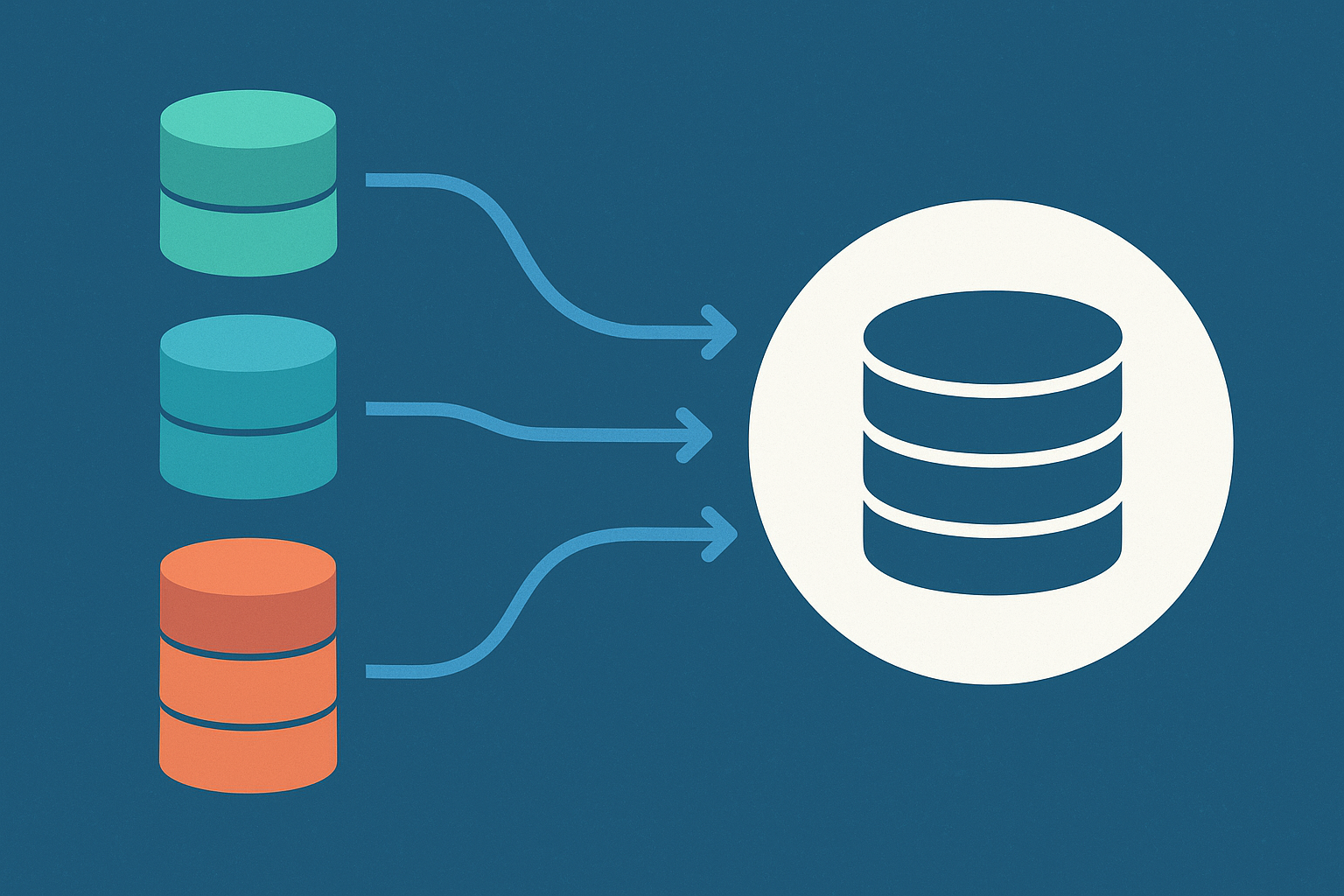Enterprise AI and Monetization | 매거진에 참여하세요
Enterprise AI and Monetization
#Enterprise #AI #Adoption #ROI #Framework #Data #Monitor #POC
In 2025, companies around the world are doubling down on AI investments.
According to IDC, global enterprise AI spending surpassed $250 billion in 2024, and is expected to hit $500 billion by 2027.
https://blogs.idc.com/2024/08/16/a-deep-dive-into-idcs-global-ai-and-generative-ai-spending
Generative AI alone already accounts for more than 17% of that spending, and its share is projected to grow to nearly one-third by 2028.
The message seems clear: Without AI, you can’t compete.
But here’s the catch—investment doesn’t always translate into returns.
In fact, Gartner reports that over 80% of AI projects fail to prove ROI and end up being scaled down or abandoned altogether.
Why?
Because while proof-of-concept (PoC) projects often look promising, scaling AI into real business operations is a very different story.
This article explores the main barriers to AI monetization—and the strategic playbook that separates winners from everyone else.
Why Monetizing AI Is So Hard
1. The Data Quality Problem
AI is only as good as the data that powers it.
Yet in most organizations, data lives in silos, CRM, ERP, cloud systems often inconsistent and poorly integrated.
Unstructured data like documents, voice, and images adds even more complexity, especially when labeling is weak or outdated.
The result: models that look great in demos but fail in production.
2. The PoC-to-Production Gap
In controlled test environments, AI works fine. But in real operations?
Suddenly you’re dealing with security, compliance, and system integration headaches.
Take financial services: a chatbot might achieve near-perfect accuracy in testing,
but stumble during rollout because of privacy regulations or conflicts with legacy systems.
3. Measuring the Wrong Metrics
Too many projects define “success” as simple usage counts.
What actually matters is whether AI translates into higher revenue or lower costs.
Without clear ROI benchmarks, AI initiatives risk becoming expensive experiments that never scale.
4. The Human Factor
AI isn’t just about deploying a model, it’s about aligning business and IT.
If IT drives the project alone, it becomes “just another tool” for the business side.
If business leads without technical support, projects hit roadblocks fast. The lack of collaboration is often the hidden reason behind failure.
What Successful Companies Do Differently

Choose ROI-driven use cases
- Shorter call center wait times → reduced labor costs
- Automated KYC in finance → lower processing costs + smoother onboarding
- Predictive maintenance in manufacturing → minimized downtime
Adopt a phased rollout
- Start small, prove value in one department, then scale.
- Example: An insurer began with claims processing, then expanded AI into sales and customer service.Prioritize data and governance over models
DataOps and MLOps frameworks are the backbone of sustainable AI adoption. The companies that succeed invest here first.
A Three-Step Framework for AI Monetization
Define Use Cases Clearly
Can you answer: Which costs will AI reduce? Which revenue streams will it grow?Build the Data Infrastructure
Think beyond storage, integrate modern approaches like RAG or knowledge-graph-enhanced RAG.
Enforce data quality, access control, and metadata management.Establish Operational Discipline
Continuous monitoring, performance testing, error logging, and regular ROI reviews are non-negotiable.
Kill underperforming projects quickly and reallocate resources.
The Bottom Line
AI is no longer a “nice-to-have” technology. It’s an investment asset that must prove ROI.
But without strong data foundations, organizational alignment, operational frameworks, and regulatory readiness, most projects will fail.
The strategic imperatives are clear:
1. Start with ROI-proof use cases
2. Build data and governance before scaling models
Move step by step: PoC → production → expansion
In 2025, the true competitive edge in enterprise AI won’t come from model performance alone,
it will come from the ability to turn AI into measurable returns.






